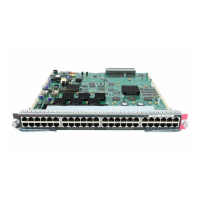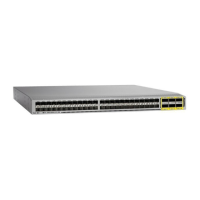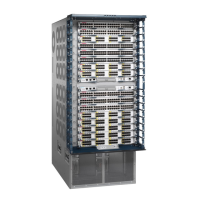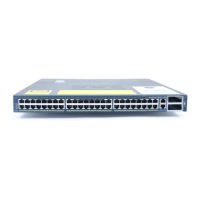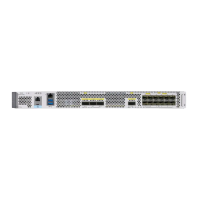Glossary
GL-2
Cisco TrustSec Configuration Guide
OL-22192-01
M
MACSec
Media Access Control Security based on IEEE 802.1AE to provide hop-to-hop link encryption. A
TrustSec hardware-capable device can establish a MACSec link with a TrustSec hardware-capable
peer.
N
NDAC
Network Device Admission Control. A mutual authentication mechanism between CTS devices to
authenticate and authorize its peer using an 802.1X process. EAP-FAST is used as the EAP type.
Non-seed Device
Non-seed devices do not have direct IP connectivity to the Cisco Secure ACS and require other devices
to authenticate and authorize them onto the TrustSec network, such as a seed device or a device already
enrolled in the TrustSec network.
R
RBAC
Role-based Access Control. An access control mechanism based on the role of the endpoints. RBAC is
different from group based access control in a sense that RBAC can take multiple role factors to derive
final policy for a particular entity.
RBACL
Role-based Access Control List. Often used to characterize SGACL because TrustSec uses the RBAC
features of the Cisco Secure ACS.
S
SAP
Security Association Protocol, negotiates keys and cipher suite for link encryption after successful
authentication and authorization for NDAC. SAP is derived from the 802.11i standard. SAP negotiation
can be automatically initiated after NDAC process or the PMK can be statically configured on an
interface.
Seed Device
The seed device is the first TrustSec hardware-capable device to authenticate against the Cisco Secure
ACS for TrustSec policy authorization. The seed device becomes the authenticator for the next TrustSec
supplicant device, which in turn becomes an authenticator to its supplicant devices.
SGACL
Security Group Access Control List. A Layer 3 to Layer 4 access control list that filters according to
the value of SGTs. Usually, filtering occurs at an egress port of the CTS domain.
SGT
Security Group Tag. A Layer-2 tag inserted in an Ethernet frame to classify traffic based on role. The
tag process occurs at the ingress of the CTS domain. SGTs are defined in the Cisco Secure ACS
configuration.

